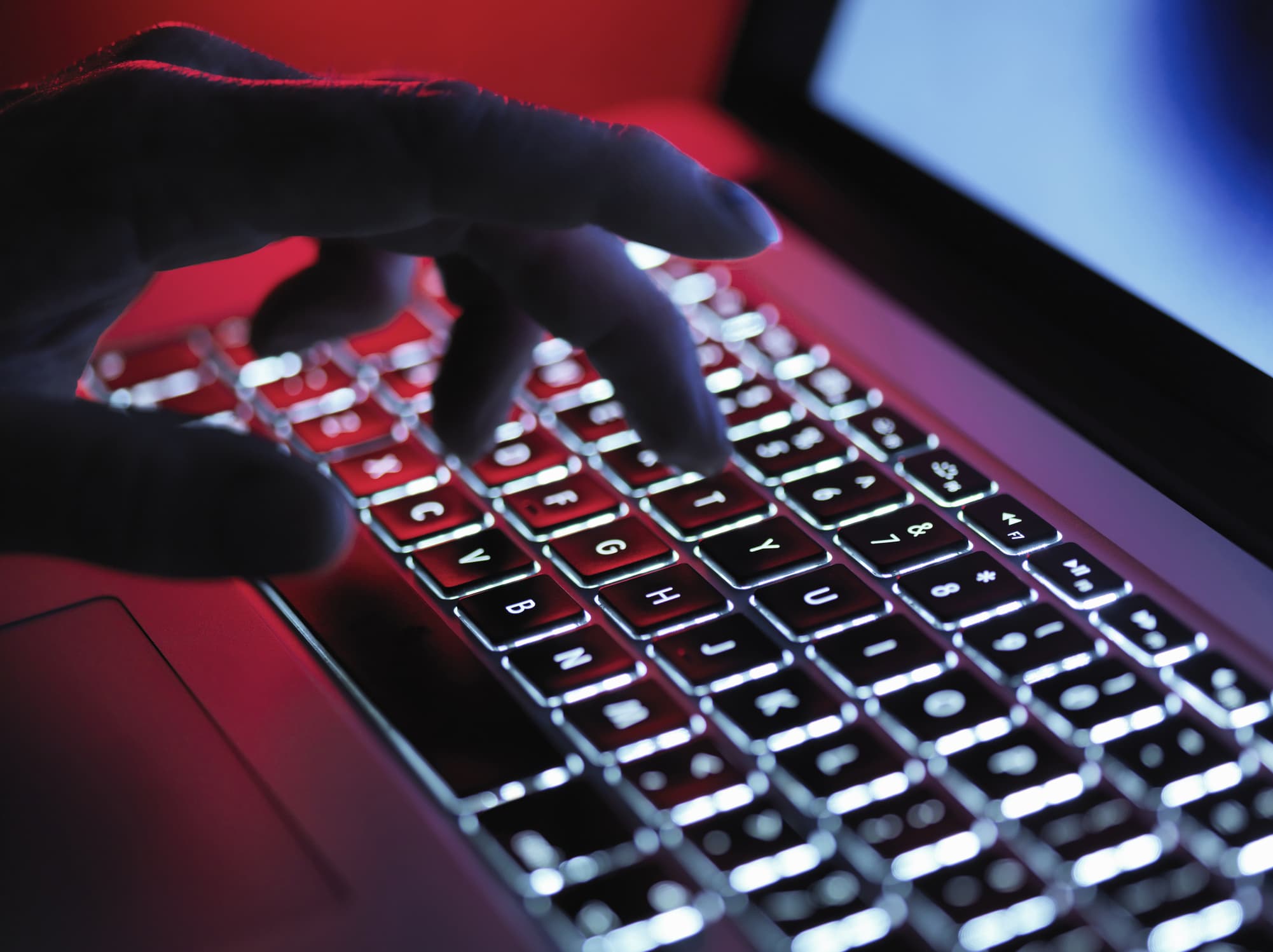How the 2020 election war on bots and trolls differs from 2016

The 2016 election exposed how social media could be used by a foreign adversary to sow dissent and distrust within American borders. In 2020, the fight against those threats rages on, and the number of players has expanded, abroad and domestically.
“One thing that gets lost is disinformation and online media manipulation in 2020 does not look the way it looked in 2008 and even 2016,” said Zarine Kharazian, an assistant editor at the Atlantic Council’s Digital Forensics Lab. “And what we’ve actually seen is detection has gotten a lot better.”
Tech companies have gotten better at fighting bots. But trolls have become the new top nemesis of social media companies in the run-up to the 2020 election, according to interviews with cybersecurity experts. Twitter has clamped down on inauthentic behavior since 2016 and has been critical of bot detectors used to evaluate the platform’s users.
“Overwhelmingly, we see much of the disinformation, vastly more of the disinformation, is produced by U.S. sources,” said Timothy Frye, a Columbia University political science professor. “And what we see Russian sources doing is amplifying them.”
Watch the video below to see how the war on troll farms and botnets started, and where it’s headed.




